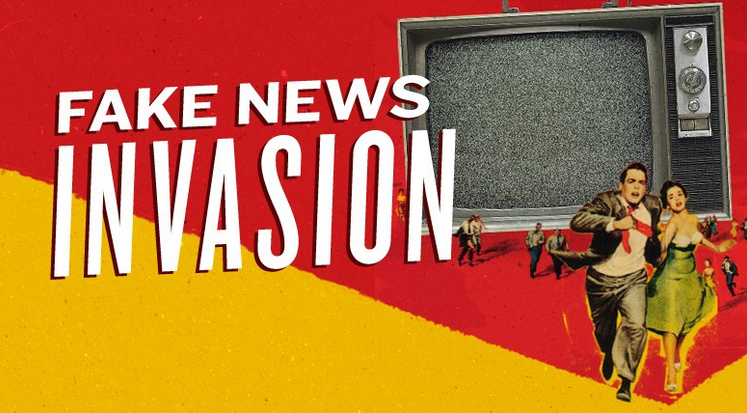By: Aashka Dave
Google Glass has reached the hands of the explorers — and that means a free fall off of the privacy cliff is imminent.
After a skydiving-filled introduction in June 2012, Google Glass has done nothing but attract attention. Rumors surrounding the wearable computers have run rampant, and in the process everyone began to wonder what Glass was capable of.
Google’s own website for the product is simple. It mentions that users can take pictures, videos, send messages, and share from wherever they are. However, the website does not discuss the implications of Glass, possibly because those implications are nonexistent as of yet.
So, it’s no surprise that Google received an overwhelming number of responses when they announced that they were holding a competition to determine the first lucky users of Glass. A new, mysterious, well-designed product was bound to raise attention, especially if Google was choosing beta testers by evaluating an individual’s uses for Glass through #ifihadglass. The application was simple, and respondents came out in droves.
This past Tuesday, Glass was delivered to its very first beta testers (Google calls them explorers), and over the next few months, even more people are going to get their hands on the technology world’s newest gadget. The reactions of these initial users are undoubtedly going to change some of the ways Glass functions, but even without these reactions, Glass brings up another can of worms: privacy.
All of a sudden, individuals are going to have computers with them everywhere, all the time, just a voice-command away. The split second reach-into-pocket-click-record action will no longer exist. Rather, an individual will just have to say “take a picture,” and the deed will be done. Putting that picture, video, or message on the internet will not take very long either, and the implications of this less-than-split-second potential are worrisome indeed.
People are already making major mistakes in the simple cell phone and tablet world we currently live in. Politicians fail to think before they tweet, corporations end up committing major gaffes when employees post to the corporate account rather than their own, and and many people, celebrities included, do not take the time to verify their information before commenting on social media.
Moreover, not every individual wearing Glass is going to ask the permission of every person in their surroundings before taking a video or picture. Imagine a Glass-wearing tourist going to Times Square and taking a video and some pictures. Their media will not just contain targeted images of themselves and their family or friends. Rather, the sweeping vantage point provided by Glass makes it likely that the media will contain detailed images of other individuals in Times Square as well. Those individuals may highly value their privacy, and they may not want their image to be seen by others on Twitter, Facebook, Instagram, or YouTube for a number of legitimate reasons.
Admittedly, individuals can unwittingly end up on social media sites already. However, Glass has the potential to go everywhere — from class, to work, to the park, to the grocery store — and be in use during all of those times. When a cell phone, camera, or video recorder are used, their passerby and subjects notice the action. The devices are held upright, in positions that immediately call their purpose to mind. Glass, sitting unobtrusively atop an individual’s nose bridge, does not offer subjects that peace of mind. Put simply, unless you’re told about it in advance, it’s not possible to know that Glass is recording you.
Glass certainly has the power to change the way individuals integrate technology into their daily lives. However, it also has the power to invade the privacy of others in the process, and that will be an issue of increasing importance in the days to come. Just keep an eye out for the explorers around you.

